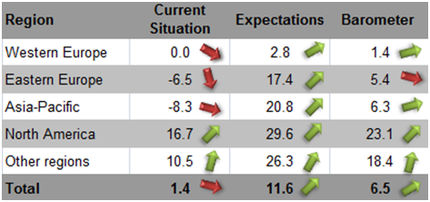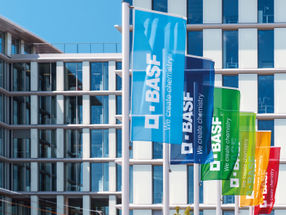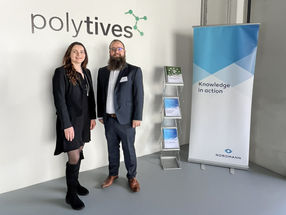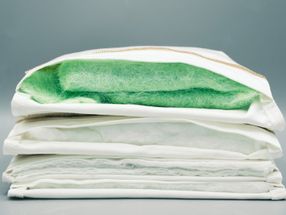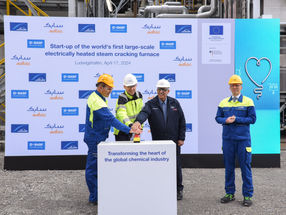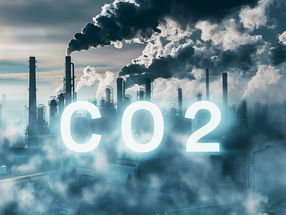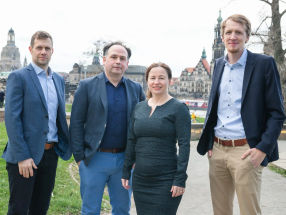Productive: Ceresana analyzes the European market for fertilizers
Agricultural fertilizing becomes more and more targeted and sparing. Demand for fertilizers rises nonetheless in environmentally friendly Europe, albeit not as dynamically as in the past. "We forecast consumption to increase by, on average, 1.5% per year", says Oliver Kutsch, CEO of Ceresana. The market research institute has scrutinized the European market from top to bottom.
Fruitful East
While demand for fertilizers will increase only moderately until 2021, Ceresana expects average growth rates of 2% for Eastern Europe. In Eastern Europe, per hectare consumption of fertilizers still is comparatively low, leaving a much higher untapped potential for increasing yields by intensified fertilization. EU agricultural subsidies also allow farmers in Eastern EU member states to invest larger amounts into equipment and assets. Yet they also have to comply with the requirements specified by the EU Common Agricultural Policy, which are often amended regarding environmental protection and overfertilization.
Russia Produces, Frances Consumes
France is the largest European Consumer of fertilizers, followed by Germany. Russia, possessing the by far vastest arable acreage, is the third largest sales market: In Northern regions, the use of fertilizers is limited due to the cooler climate. Yet Russia dominates the production of fertilizers: In 2013 it accounted for more than one third of total European production.
Plants Need Nitrogen
About 62% of the fertilizers used in Europe are nitrogen based. The amounts of phosphate and potash used were smaller. Straight fertilizers are increasingly used for fine adjustment. The most important straight fertilizers are urea and calcium ammonium nitrate (CAN), which not only fertilizes but also helps to prevent acidification of the soil. The use of multinutrient fertilizers that can be customized to the requirements of individual crops will increase at slightly higher growth rates in the future.
Oil Seeds Stimulating
The most common crop in European agriculture is wheat: the food- and feedstuff is grown on about 64.3 million hectares. The highest growth rate until 2021 however we expect for oil seeds, demand will rise by about 3.3% per year. Like corn that is also cultivated in rising amounts, oil seeds are becoming more and more popular both as feedstuff and source of green energy. One reason is the EU increasingly focusing on energy from renewable resources.
Most read news
Organizations
Other news from the department business & finance

Get the chemical industry in your inbox
From now on, don't miss a thing: Our newsletter for the chemical industry, analytics, lab technology and process engineering brings you up to date every Tuesday and Thursday. The latest industry news, product highlights and innovations - compact and easy to understand in your inbox. Researched by us so you don't have to.
